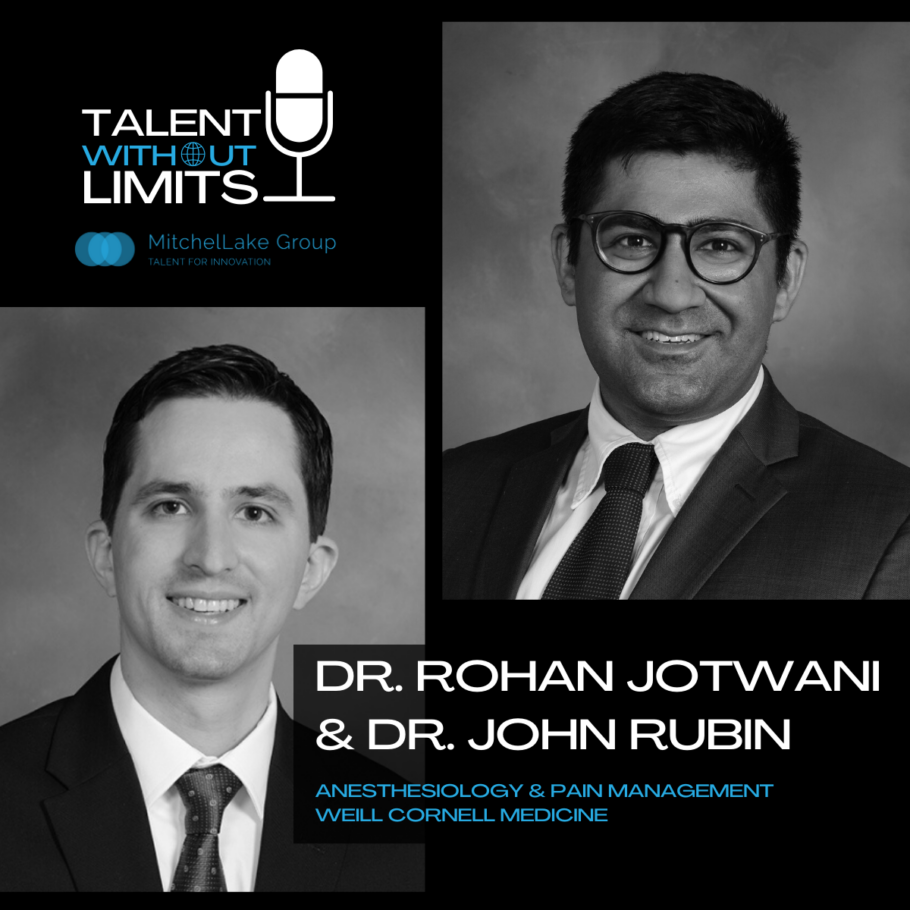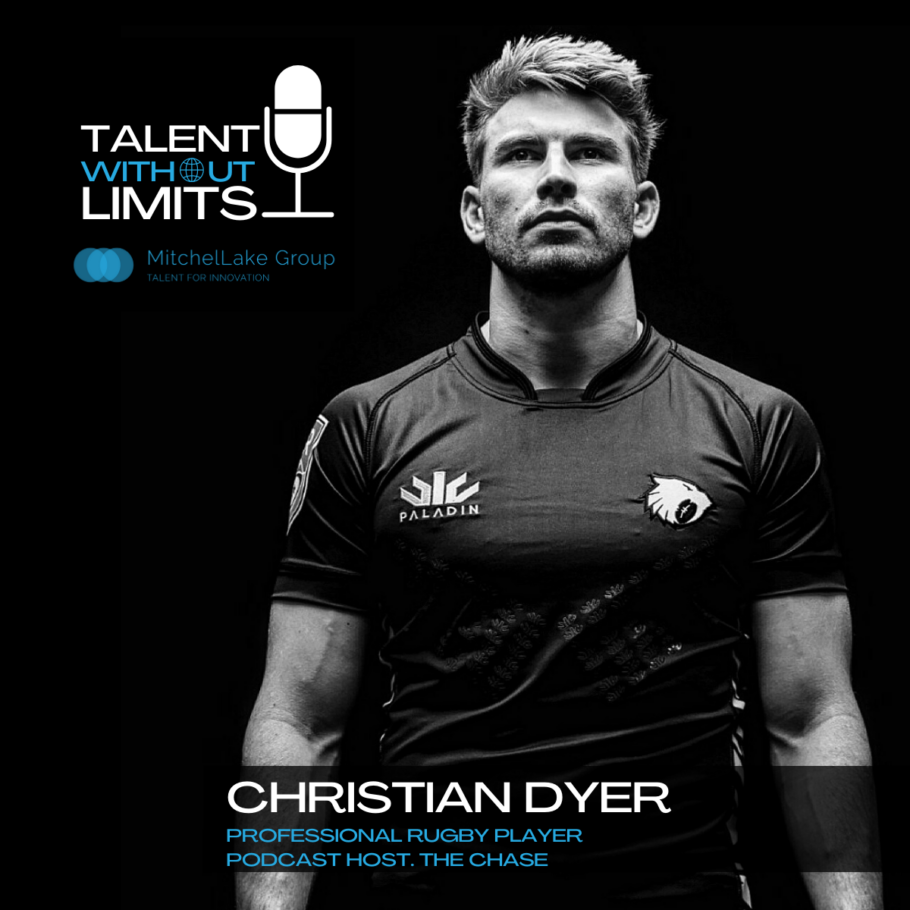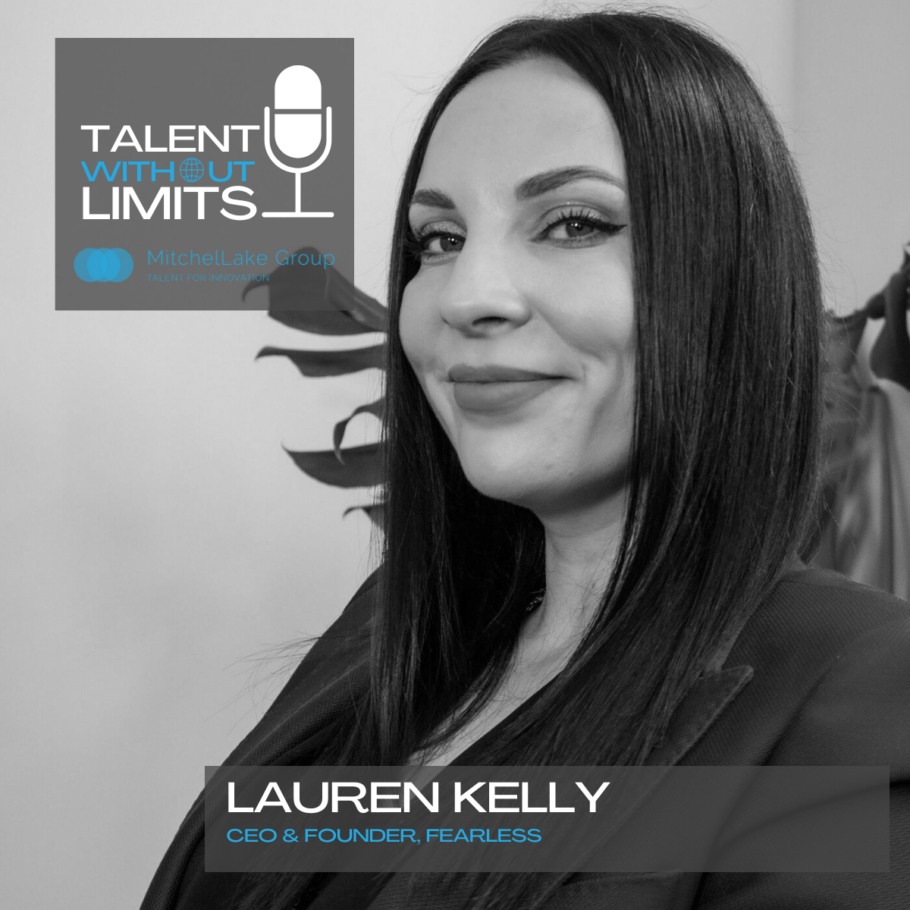INTERVIEW: Karen Lawson on innovation, diversity and creating her own role. Posted at 0:00, Sun, 23 October 2016 in Profiles
Seeing a perfect match between business and talent is what drives us at MitchelLake, so we were pleased when we heard Karen Lawson was joining Australia’s largest corporate accelerator, Slingshot.
We’ve known Karen for a number of years, seeing her go from strength to strength as GM of Business Development and Partnerships at Yahoo7! to CEO of CareerOne. Earlier this year Karen was the MC for our Design Thinking event held in conjunction with Commonwealth Bank at the CBA Innovation Lab. In 2014 and 2015 we partnered with Slingshot for their Jumpstart program, providing an accelerator program and funding to get scale-ups and startups off the ground.
When Karen was announced as CEO of Slingshot we knew we had to grab 10 minutes with her before things get too busy.
Madeleine Gasparinatos: You had been working with Slingshot as their Head of Innovation for its corporate scale-up program. How did this come about and what were some of your achievements in that time?
Karen Lawson: I have known Slingshot for many years. In fact, I remember the first time I sat in the audience for an NRMA demo day. I was absolutely blown away by the Startups and thought how amazing it must be to work for a company that enables founders dreams to not only come true but be the creators of commercial outcomes via corporate clients who are looking to innovate.
I was introduced by a colleague who thought we could potentially work together. Trent and Craig reached out a few months later as they were looking for someone with strong partnering and negotiation skills to work on the Scale-up program. So for me this was one of those moments where it was so easy to say YES!
At the time we were running an internal accelerator for ING direct, external accelerators for Simplot and HCF. I worked with a number of founders HUM, Drive Yello, Protein Bread Company, Curo and CardiHab.
MG: What are the misconceptions or mistakes that you see when people are trying to innovate?
KL: All too often they fall in love with the solution they have created, not the problem. Life is too short to build a product that no one wants. You need to not only find the problem but understand if people are motivated to change their behaviour. There are problems everywhere but unless you have proven this point, you will still not have a business. So validation is key.
MG: How are you planning on shifting the focus of board rooms to move away from governance and risk, towards innovation?
KL: We recently held an event which brought together 30 Chairman from some of Australia’s most influential businesses to start discussing the challenge of innovation. David Thodey led the conversation talking about his experiences and how culture is key. Interestingly the element that often catches leaders by surprise is the impact our accelerator programs have on transforming their culture; shifting mindsets, the employer brand, attracting new talent to a company and provides an innovation brand to harness the momentum.
Boards must change their role to focus on innovation, we provide solutions in preparing them for that. At a minimum, viewing innovation through a ‘risk’ lens might be the only way for many they are motivated to take action. The option of not addressing this in the boardroom is that their businesses will not survive. But first we need to help them on this journey.
MG: The announcement of your appointment as CEO came just after the announcement of Georgia Beattie as CEO of Startup Victoria. While we’ve still got a lot of work to do, how do you see the current executive landscape for women in Australia?
KL: It’s amazing. I am not saying the journey isn’t tough but please! Lean in, put your hand up, back yourself. The talent in Australia is phenomenal, both men and women. Businesses must focus on diversity not just women. All the stats show this is what creates the best decision making and creates the most profitable businesses.
MG: In an epic display of leaning in, you called the co-founders of Slingshot to tell them that you wanted to run their company and create a CEO role for yourself. What was the process from there, and what advice can you give others who want to take their career in their own hands like you did?
KL: I can offer a piece of advice which has always helped me in sales; what’s the worst that can happen? They say no? That’s really not going to hurt, aside from a bit of wounded pride but you’ll recover, not only that it will hurt less the next time, though I always encourage humility. The alternative of not driving what you want from life is much worse. It’s your responsibility, not your boss, employer or board. The process was actually a smooth one with conversations with both founders and Gary Flowers our Chairman.
MG: Is Slingshot looking globally to see what’s happening and apply it locally? What cues are you taking from other markets?
KL: I can’t share our new strategy just yet, but it’s big! And it’s exciting and it will change the lives of people all over the world….
MG: What’s the most exciting startup story to come out of Australia in your opinion?
KL: There are so many. The obvious ones like Atlassian, who made headlines with its $8 billion float on the Nasdaq. Canva is really impressive too, Cliff one of the founders recently taught as part of our Star4000 entrepreneurship course at University of Newcastle. Last year they grew from a user base of 1.8 million to 7 million. We are really proud of our cohorts such as Camplify who are currently in Europe building out their business with international automobile associations following the NRMA accelerator.
MG: Which corporate is most exciting your right now in how they’re approaching innovation?
KL: Innovation is happening everywhere. Fintech is very active right now and we are seeing the banks work hard to get closer to startups. Food tech, Health tech there are amazing things happening. The disruption in transportation is fascinating, beyond simply car sharing into driverless vehicles, tracking and new ways of battery development. The winner I believe will be storage…it’s often overlooked when we think about something like Tesla.



